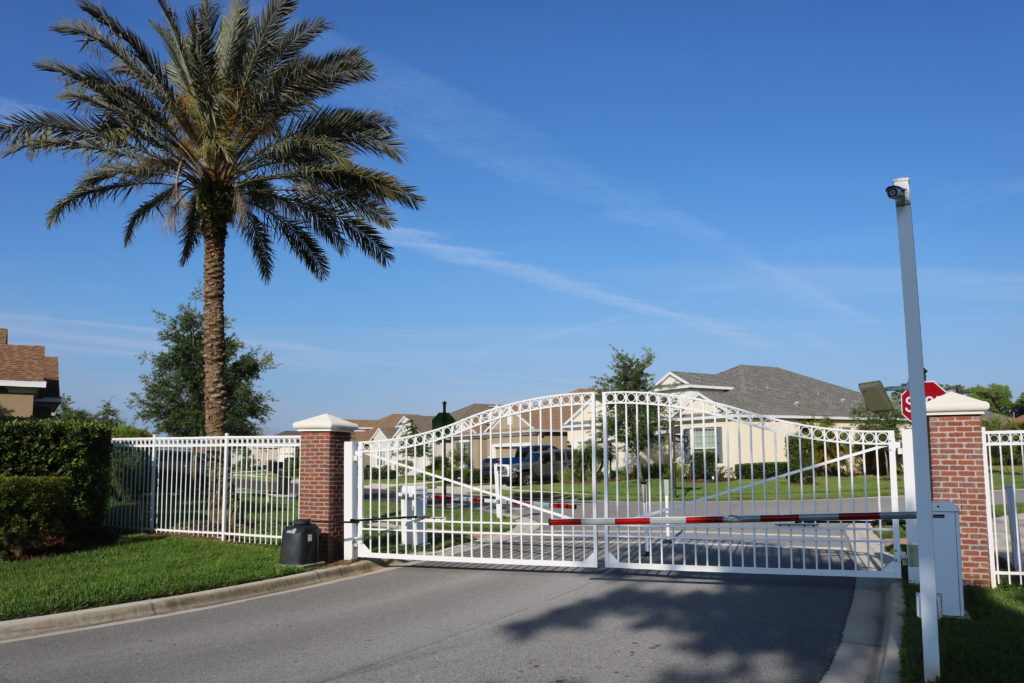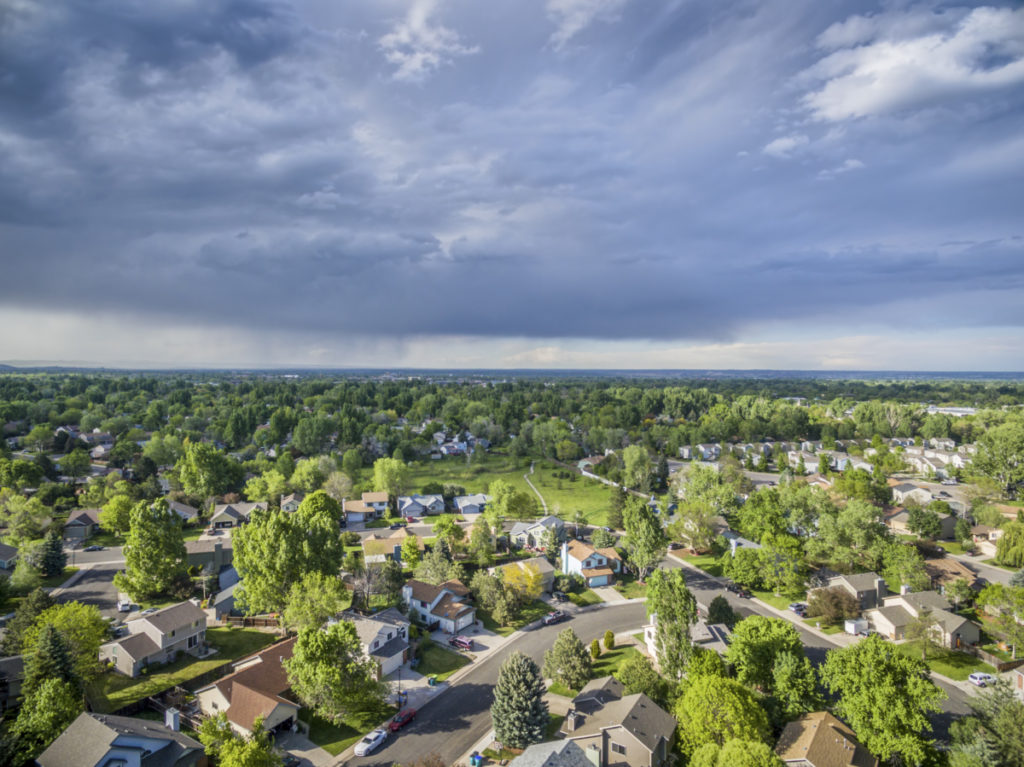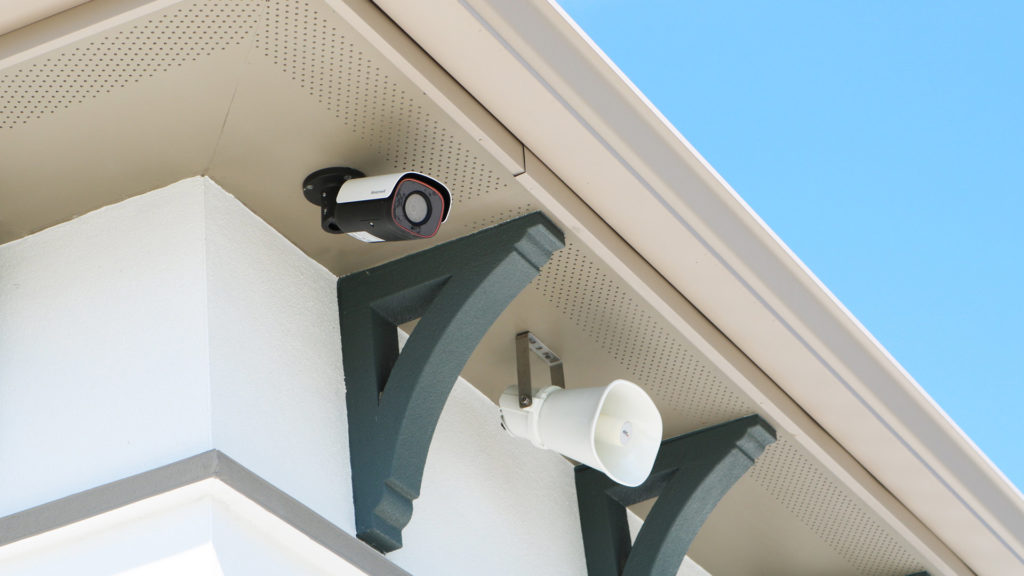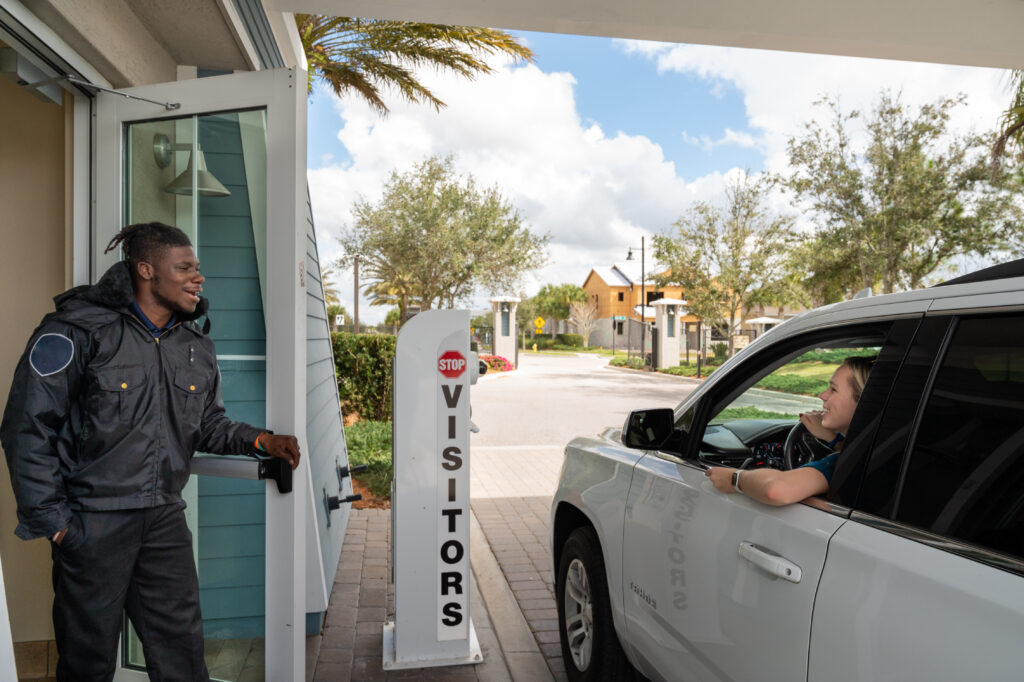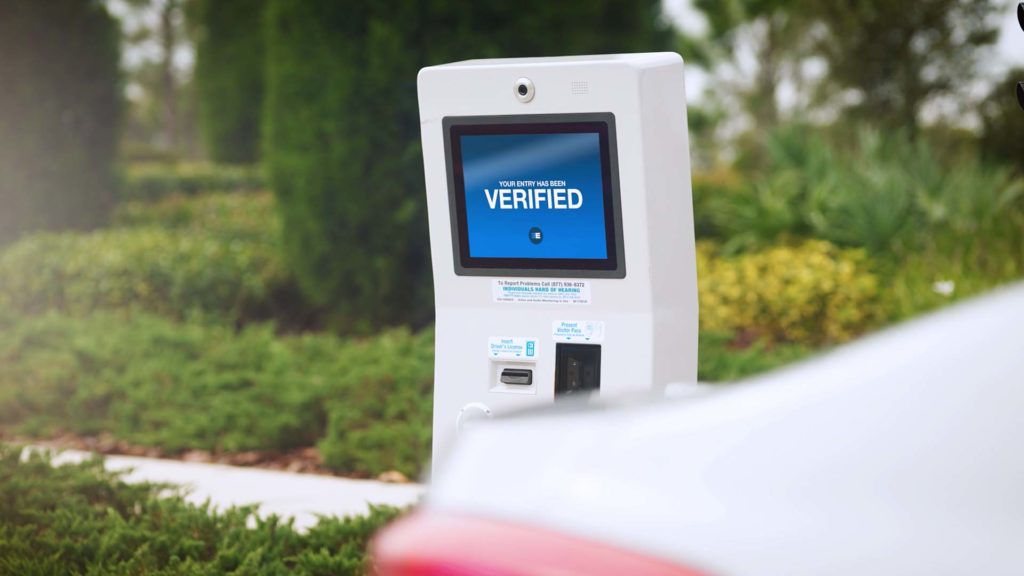It’s a question and issue that almost everyone faces. Whether you are the property manager, a resident living in a gated community, a vendor, or a visitor that uses a community’s gate often — it is easy to relate to the frustrations that come with long wait times at a community entrance.
Many people refer to this as stacking, or the buildup of vehicles at a gated community entrance. While it is unlikely that this issue will be resolved at all times, with technological advancements, there are methods that can greatly decrease the chances of stacking.
Before a community discusses the options to alleviate wait times at the entrance, it’s important to determine the cause, and there can be several explanations. First, a telephone entry system is a common culprit for stacking. Not only are these systems typically unreliable and antiquated, but the codes can be misused or time consuming as visitors search through a long list of names to find the resident he or she would like to see. Just one driver dealing with this can create a long back up of vehicles at a community, especially during busy times of the day.
There are other instances with gate guards that can cause stacking at communities. If the guard does not have an updated system that allows him or her to quickly verify visitors and complete transactions, it is likely that stacking will frequently occur. While a revised method for verification would help expedite transactions, there are also cases where the drivers trying to enter a community create a backup. Unfortunately, this type of situation is difficult to control. The visitor may not be approved to enter or cannot reach the resident he or she is trying to visit. This type of circumstance makes it even more important to have a quick transaction process that can speed up the verification of other guests after a backup.
Once a community determines the main cause or causes of stacking, then the options for expediting the process can be examined. The most efficient method to decrease stacking at a community is to incorporate a form of automation at the entrance. The two – main types of automation are automatic license plate recognition and automatic driver’s license recognition. Both allow permanent and pre-registered visitors to quickly gain access to a community after immediate verification.
While every community has different needs and preferences, both automated options are effective and efficient for reducing wait times at a gate.
Automatic license plate recognition verifies visitors at a gated community when a license plate is associated with a registered visitor. When an image of the license plate is captured, the plate is cross-referenced with the database of approved vehicles, and the gate opens for permitted guests. Not only does this expedite wait times, but it easily verifies repeat visitors with a high capture of vehicle information to keep the community secure. If a vehicle’s license plate is not recognized, the driver can speak with a virtual guard or gate guard, depending on what the community uses.
Automatic driver’s license recognition easily recognizes verified guests by capturing an image of the name on the driver’s state-issued identification. Typically, drivers insert their license into an ATM-like scanner that will verify the name and automatically open the gate for permitted visitors. If the driver’s name is not recognized, the driver can speak with a virtual guard or gate guard, similar to the process with automatic license plate recognition.
Both types of automated systems also increase the security of a gated community. With simple tracking and recording of all visiting drivers entering, the community has the capability to recall identification information of guests should a problem ever occur at the gate or in the neighborhood. In addition, a virtual guard kiosk can record the audio of a transaction, and more cameras can capture angles of an entrance for added security.
While every community has different needs and preferences, both automated options are effective and efficient for reducing wait times at a gate. Allowing permanent and pre-registered visitors to have automatic entry expedites the entire transaction process and is easier for the guests, residents, and property managers at the community. Plus, the automation systems keep the entrances secure with a high capture of identification and/or vehicle information.
You can read the complete issue and original article here: FLCAJ – July
You can also download the article here.

